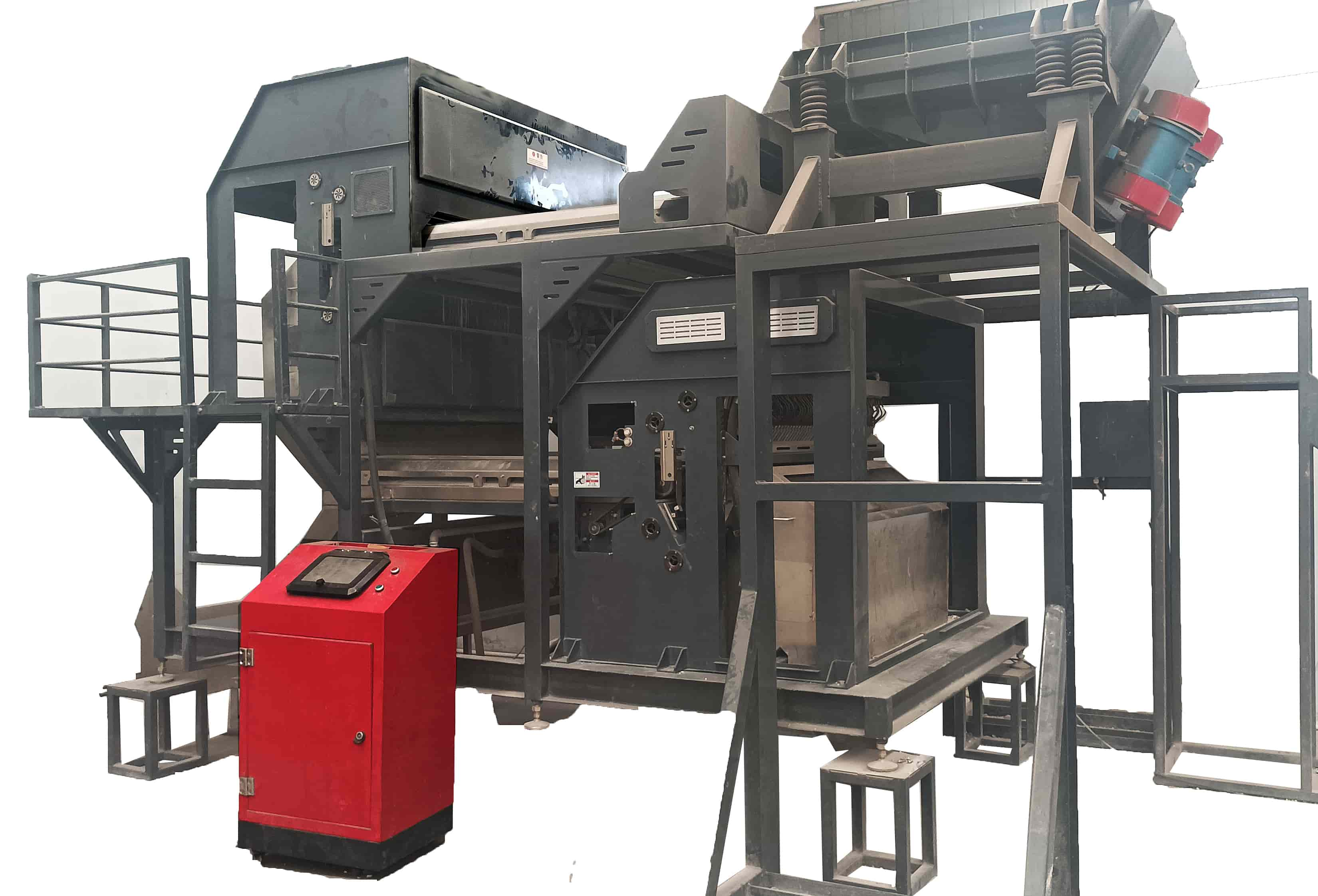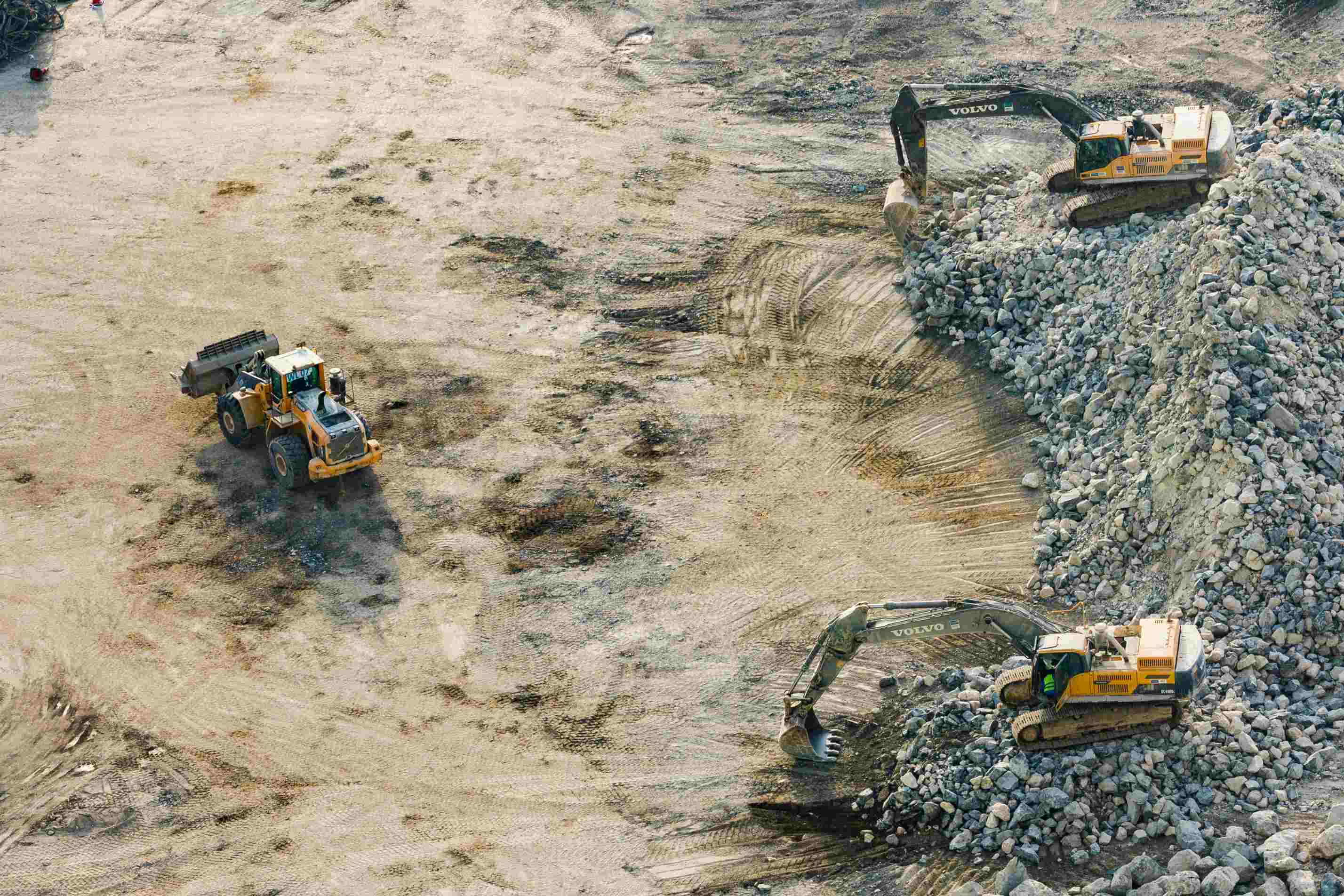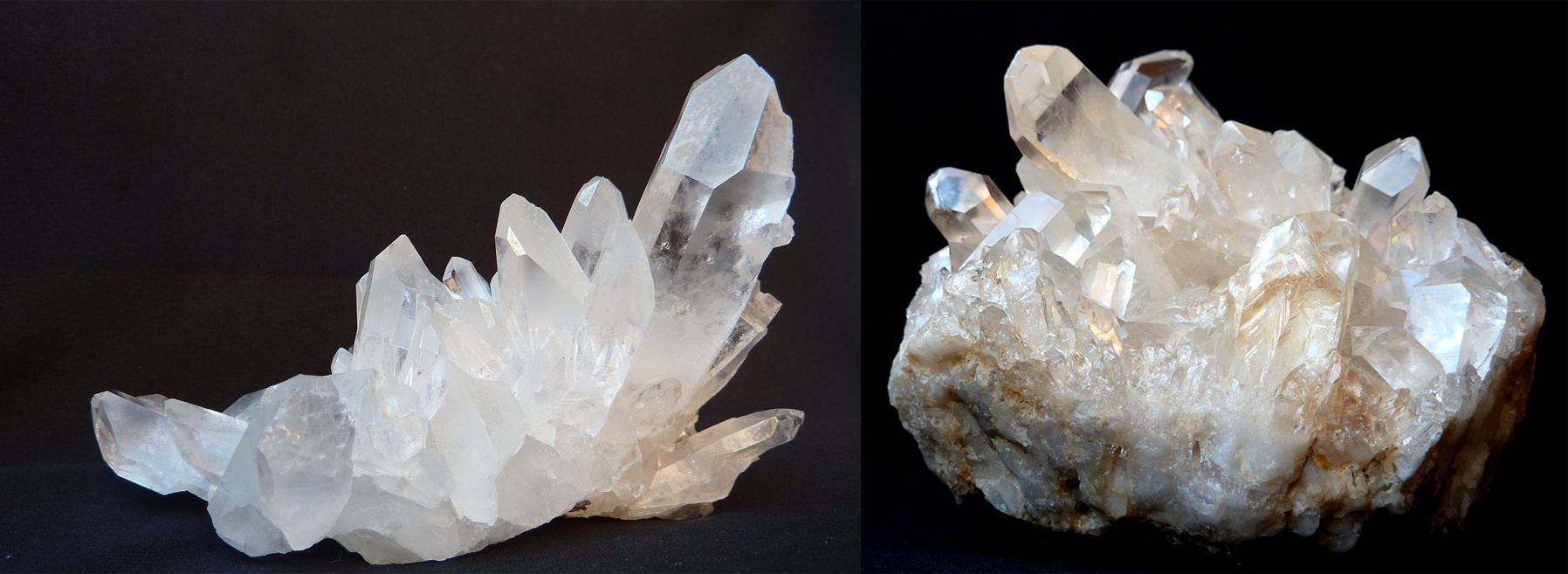 Market Application and Sorting of Industrial Silicon
Aug 31, 2024
Market Application and Sorting of Industrial Silicon
Aug 31, 2024
Overview
Industrial silicon, also known as metallic silicon or crystalline silicon, is an important industrial raw material. Its main component is silicon element, and the content is generally around 98%. In recent years, products containing 99.99% Si have appeared on the market. The rest of industrial silicon is mainly composed of impurities such as iron, aluminum, and calcium. Industrial silicon is divided into various specifications due to its different uses. Common grades include 553, 441, etc. These grades represent the maximum content of the main impurity elements iron, aluminum, and calcium in the product. Industrial silicon is widely used in many fields such as metallurgy, chemical industry, machinery, electrical appliances, and aviation.
The chemical composition of industrial silicon mainly exists in the form of silicon element, and the content is usually above 98.7%. In addition, it also contains a small amount of impurities such as iron, aluminum, and calcium. The physical properties of industrial silicon are high hardness, high melting point, good heat resistance, and high resistivity. At the same time, it is non-conductive below 650°C and can be used as an insulating material; it begins to conduct electricity above 650°C, and its conductivity continues to increase with the increase of temperature.
Global Industrial Silicon Production Pattern and Trade Flow
At present, the global industrial silicon production capacity is concentrated in China, Brazil, Norway, the United States, Russia and other countries. Among them, Brazil and the United States have high-quality silicon ore resources, and Norway has abundant hydropower resources. The growth of China's industrial silicon production capacity is mainly contributed by domestic production capacity. China has an inherent production cost advantage and has been ranked first in the world for many years.
China, Brazil, Norway and other countries are not only the main producers of industrial silicon, but also the main exporters. In 2021, China's industrial silicon (including 97 silicon and silicon) production accounted for 78% of the world, and Brazil (7%), Norway (6%), the United States (3%), France (3%) and other countries also have a certain output.
The production of industrial silicon mainly adopts the submerged arc furnace method, which uses the arc energy between electrodes to melt the metal. It is the main process for the production of industrial silicon in China. During the production process, silica and carbonaceous reducing agent are first placed in the submerged arc furnace, and industrial silicon liquid is generated through high-temperature reduction reaction, and then block or granular industrial silicon is generated through casting, cooling, crushing and other steps.
Market Application of Industrial Silicon
Due to its special physical and chemical properties, industrial silicon has a wide range of applications in many fields. The following are the applications of industrial silicon in different fields:
Photovoltaic industry
Industrial silicon plays an important role in the photovoltaic industry. Polycrystalline silicon and monocrystalline silicon panels are the core components of solar photovoltaic power generation, and high-quality industrial silicon is an indispensable raw material in the preparation of these materials. Industrial silicon is purified through a series of processes to generate polycrystalline silicon and monocrystalline silicon for use in the photovoltaic industry and the electronics industry. Crystalline silicon cells are mainly used in solar rooftop power stations, commercial power stations and urban power stations with high land costs. They are the most technologically mature and widely used solar photovoltaic products, accounting for more than 80% of the world's photovoltaic market.
Semiconductor industry
In the field of semiconductor manufacturing, the high purity of industrial silicon ensures the reliability and stability of the semiconductor manufacturing process. Industrial silicon is the basic material of semiconductor chips, and the presence of any impurities will affect the quality and performance of the chips. Industrial silicon can produce high-quality silicon wafers through melting and crystal growth technology, which are used to manufacture electronic devices such as transistors and integrated circuits.
Aluminum alloy manufacturing
Industrial silicon plays a key role in the production process of aluminum alloys. As an alloying element, industrial silicon can adjust the properties of aluminum alloys by controlling the amount of addition, such as improving hardness, strength and wear resistance. In addition, industrial silicon can also improve the heat resistance and corrosion resistance of aluminum alloys, making them perform better in high temperature and corrosive environments.
Aerospace
Industrial silicon is used to manufacture high-performance structural materials in the aerospace field due to its characteristics such as light weight, high strength and high temperature stability. For example, in the outer shell material of spacecraft, industrial silicon can provide excellent resistance to thermal stress and can also resist high-speed wear. Industrial silicon can also be prepared into high-strength spacecraft parts, such as engine turbine blades.
Chemical industry
In the chemical industry, industrial silicon can be used as key raw materials such as catalysts, fillers and fire retardants. For example, catalysts can reduce the activation energy of the reaction, increase the reaction rate and selectivity; fillers can increase the contact area of the reactants and improve the reaction efficiency; fire retardants can improve the fire resistance of the material and reduce the occurrence of fire accidents.
New energy vehicles
In the field of new energy vehicles, industrial silicon is widely used in the manufacture of key components such as batteries, motors and electronic controls. The high energy density and stability of industrial silicon make it an ideal material for new energy vehicle batteries.
Construction and electronics
Industrial silicon is also used in building sealing materials and waterproof materials, as well as in the field of electronics and electrical insulation. For example, silicone rubber has good high temperature resistance and is used to make medical supplies, high temperature resistant gaskets, etc.
Sorting of Industrial Silicon
As an important industrial raw material, the sorting technology of industrial silicon plays a vital role in ensuring product quality and improving resource utilization. The sorting technology of industrial silicon mainly includes two categories: physical methods and chemical methods. Physical methods are mainly based on the physical properties of minerals, such as density, conductivity, magnetism, etc. for sorting. Chemical methods use the differences in the chemical properties of minerals for separation. In practical applications, multiple methods are often combined to achieve the best sorting effect.
Physical sorting technology
Physical sorting technology mainly includes heavy medium beneficiation, flotation, magnetic separation and electrostatic separation. Heavy medium beneficiation uses the difference in mineral density to achieve separation; flotation relies on the chemical properties of the mineral surface for separation; magnetic separation uses the difference in the magnetic properties of minerals for sorting; and electrostatic separation uses the difference in the electrical properties of minerals for sorting. These methods have their own advantages and disadvantages and are suitable for different types of ores and sorting requirements.
Chemical sorting technology
Chemical sorting technology includes acid-base leaching, solvent extraction and other methods. These methods are mainly used to process ores that are difficult to effectively sort by physical methods, especially when the ore contains fine particles or film-like impurities that are difficult to separate by physical methods.
New sorting technology
In recent years, with the advancement of science and technology, new sorting technologies have gradually been applied to the sorting process of industrial silicon. For example, artificial intelligence sorting technology achieves higher-precision sorting by identifying the multi-dimensional three-dimensional characteristics of silicon slag and establishing a model. In addition, color sorting technology is also used in the purification of silica raw materials. By distinguishing the difference in color, sorting is carried out, which effectively improves the purity of silica.
Since its establishment in 2014, Hefei Mingde Technology Co., Ltd. has been a high-tech enterprise dedicated to the research and development, design, production, sales and service of ore sorting equipment. The current main products include ore sorting machine, AI intelligent sorting machine, X-ray intelligent sorting machine, foreign body removal robot and mining automation production line, etc.
AI Ore Sorting Machine
Among them, the AI intelligent sorting machine produced by the company can accurately extract the surface features of industrial silicon, conduct deep learning to form a model, and match the industrial silicon with the existing model in the subsequent sorting, so as to achieve accurate sorting. At present, the machine has been put into the actual production of industrial silicon and has received very good market response.
Heavy Duty AI Ore Sorting Machine
As an important industrial raw material, industrial silicon plays an indispensable role in modern industry. From its production process to application field, to market status and development trend, industrial silicon has demonstrated its unique value and broad development prospects. With the continuous advancement of technology and changes in market demand, the industrial silicon industry will continue to maintain a rapid development trend and make greater contributions to the development of human society.
 How to remove iron from potassium feldspar and the beneficiation process and flow
Nov 02, 2022
How to remove iron from potassium feldspar and the beneficiation process and flow
Nov 02, 2022
 Mingde Artificial Intelligence Mineral Separator Do Favour to Fluorite Sorting
Nov 19, 2022
Mingde Artificial Intelligence Mineral Separator Do Favour to Fluorite Sorting
Nov 19, 2022
 How to choose ore color separator manufacturers for mining companies
Jan 05, 2023
How to choose ore color separator manufacturers for mining companies
Jan 05, 2023
 How to Better Select Ore Based on Ore Characteristics?
Jun 04, 2024
How to Better Select Ore Based on Ore Characteristics?
Jun 04, 2024
 AI intelligent Sorting Machine: A New Choice for Ore Sorting
Jul 20, 2024
AI intelligent Sorting Machine: A New Choice for Ore Sorting
Jul 20, 2024
 The Significance of Ore "Dissociation Degree", "Over-Crushing" and Pre-sorting!
Jul 27, 2024
The Significance of Ore "Dissociation Degree", "Over-Crushing" and Pre-sorting!
Jul 27, 2024
 Market Application and Sorting of Industrial Silicon
Aug 31, 2024
Market Application and Sorting of Industrial Silicon
Aug 31, 2024